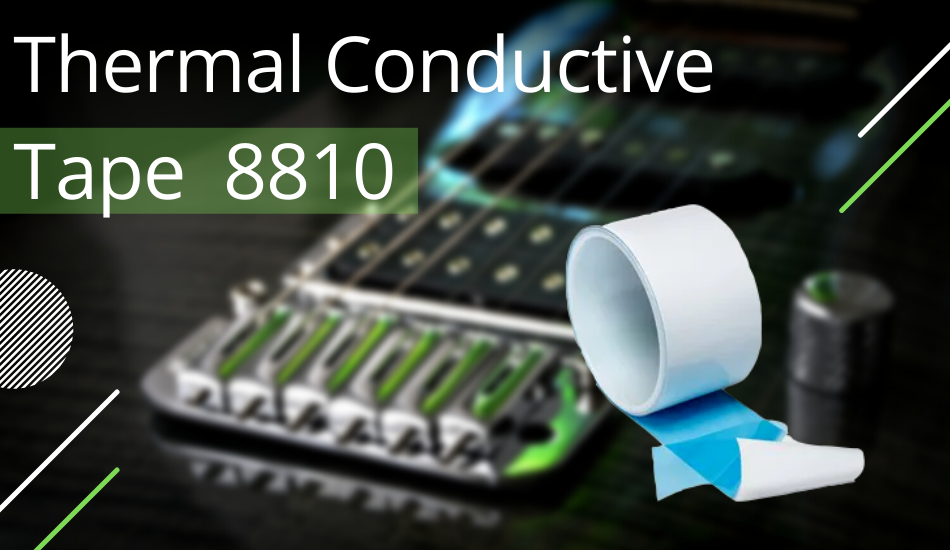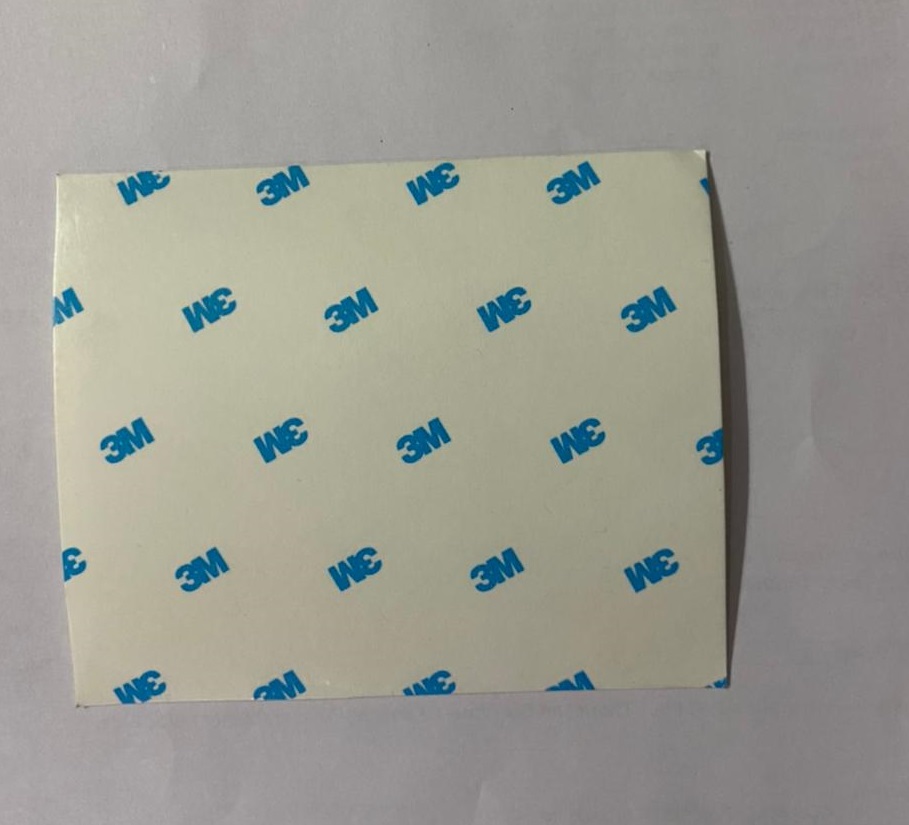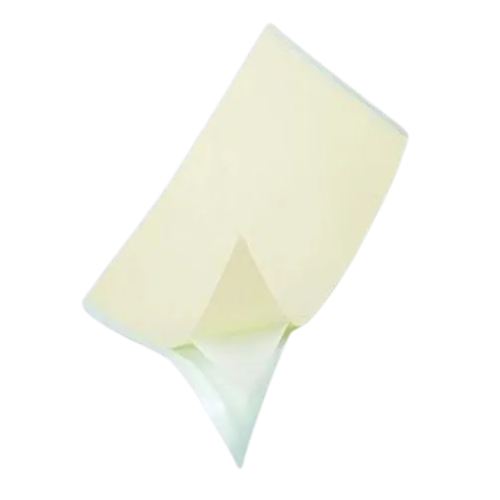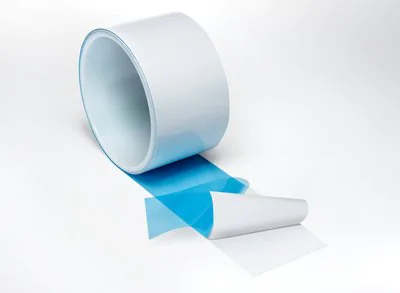Thermally conductive tapes are coated with conductive acrylic and silicone-based adhesives. These can bond substrates like polyimide films, fiberglass, and aluminum foils.
The thermal adhesive tapes are used due to their mechanical properties, high bonding strength, long-term adhesion, reliable bonding, and lightweight thin profile.
What does thermally conductive tape do?
The conductive tapes can create a smooth path for heat removal. The tape creates a path that is connected to the heat-generating component of the device and it goes to the heat sink.
The heat sink thermal tape is then used to dissipate the heat away from the device. The adhesion property is also useful as it creates better contact with the surface. It also reduces the thermal resistance that provides additional cooling.
The excellent bonding strength creates a strong connection between two components; it also allows removing the mechanical methods of bonding like welding and using screws.
How to describe the advantage of heat sink thermal tape?
You will find so many advantages of thermal tapes depending on their specifications and uses for the applications. Some most common features that every thermal adhesive tape has are:
- High mechanical bonding strength (high tear strength)
- Exceptional protection performance against shock and vibration
- Excellent for use in an application that requires thin bonding
- Ceramic based filler for excellent thermal conduction
- Excellent heat stability
- High restoration force and no surface tack
- Excellent electrical insulation properties
- Good flexibility
How to select the right type of thermally conductive tape?
There can be several options to choose from and you should look for the tape that is suitable for a particular application rather than more generalized factors.
There are some things to consider before choosing a thermally conductive tape:
Thermal Properties
Thermal conductivity is the ability of that material to carry the amount of heat. It helps in determining the heat and energy transferred in a certain amount of time and also the amount of heat transferred.
It also determines its ability to resist the flow of heat. Then comes the operating temperature, the ape can have a range of temperature that is ambient for its application.
Mechanical Properties
The application is the ultimate factor in this selection, the thickness of the surface is also important for the bonding.
Dielectric Properties
This is the measuring method of the amount of electric field the tape can withstand before it burns down. The volume of resistivity checks for the amount of conduction of the electric current. If the tape has low resistivity it means the material easily allows the electric current to flow from the surface.
Applications of Thermal Conductive Tapes
The heat sink thermal tapes can be used in several applications just to make sure that the specification is following the requirements of the application.
LED Lighting
The lighting industry requires thermally conductive tapes as the LED lights have relays and circuits in them and these can also get heated due to long hours of use. There are so many tiny pieces that need to be stuck together for work.
Integrated Circuits
The IC industry needs heat conduction to support flex bonding and die-cut tapes can be beneficial here.
Cooling Devices
The thermal conductive tapes are used in combination with other cooling devices like fans, heat spreaders, and heat pipes for heat removal.
Conclusion
Modern electronic devices require efficient heat removal and conduction elements that will enhance the performance and life cycle of the device. The heat sink thermal tapes are the right option for heat dissipation and this also serves as the right component for bonding.




